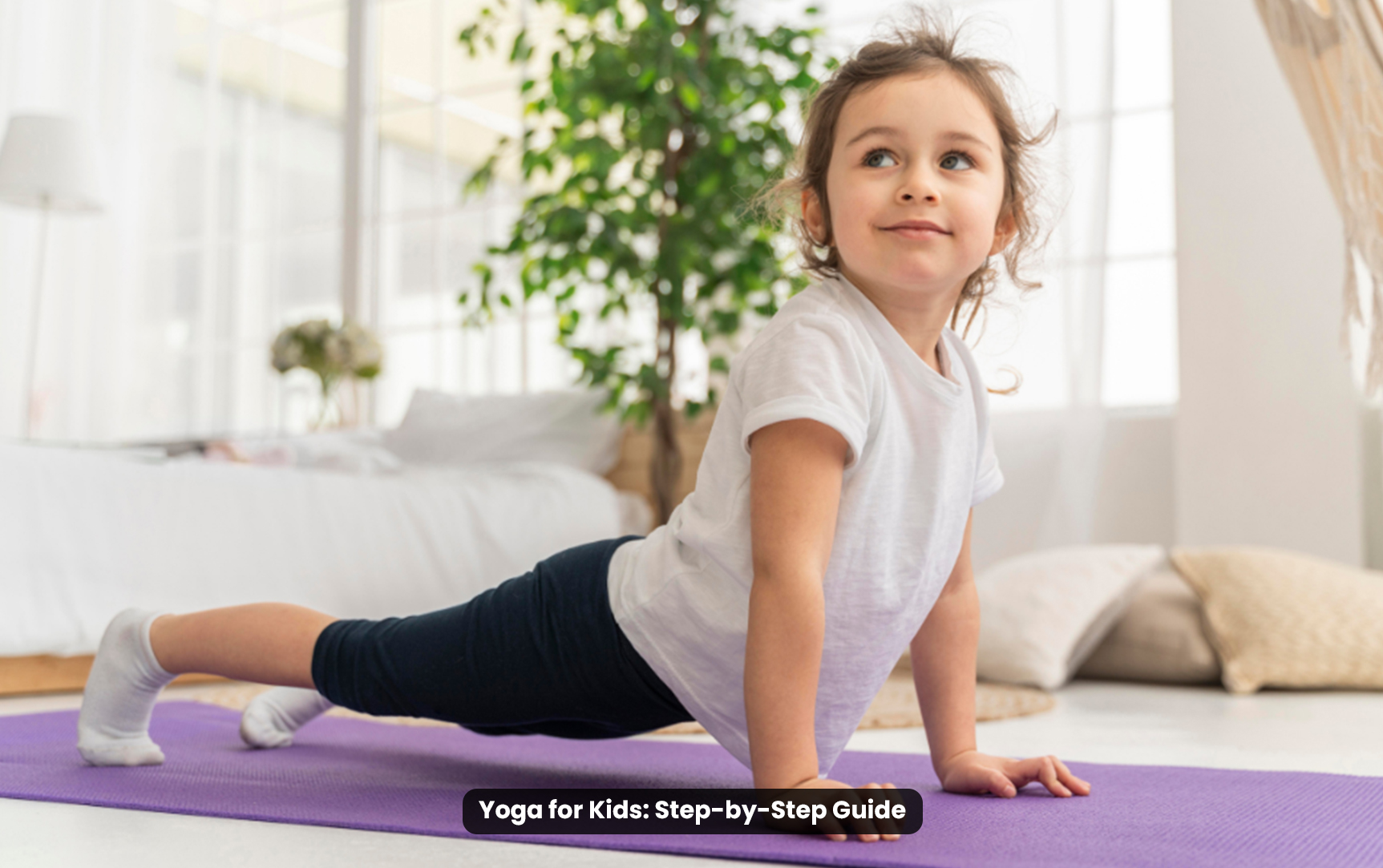
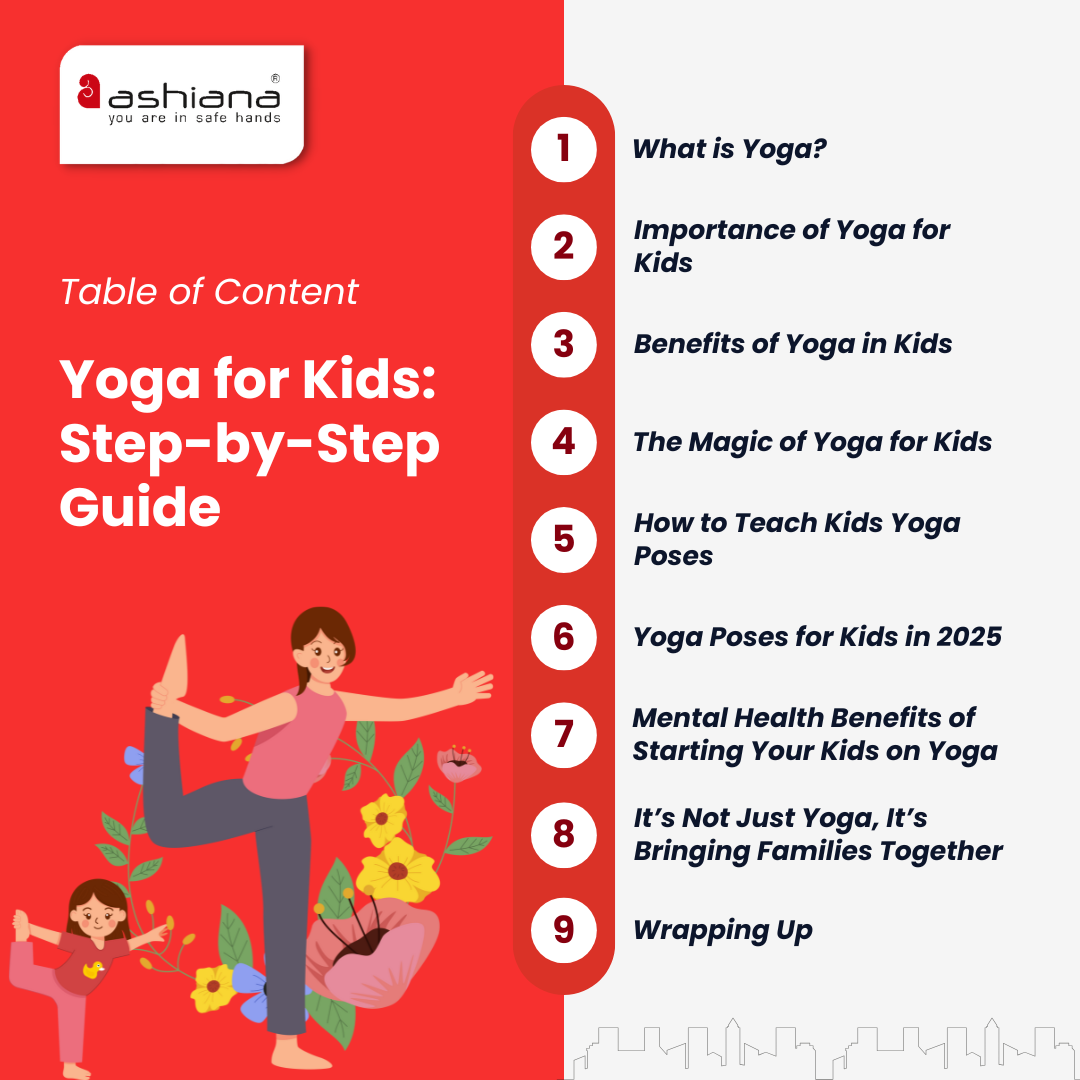
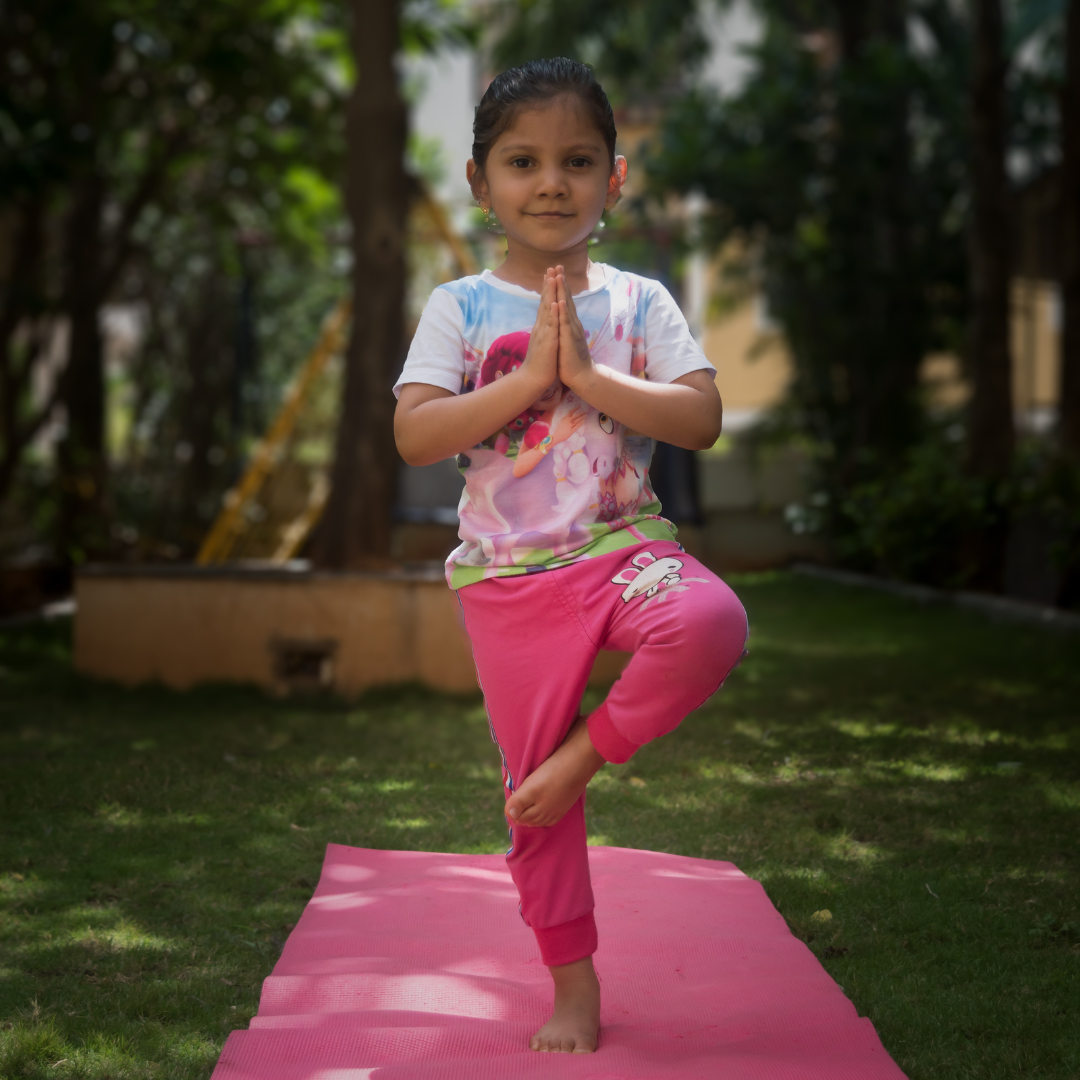 4. Improved Posture: Regular practice ensures better posture and spinal health, which is important during the growing years.
5. Boosted Immunity: Certain yoga asanas for kids stimulate the immune system, helping them fight illnesses better.
4. Improved Posture: Regular practice ensures better posture and spinal health, which is important during the growing years.
5. Boosted Immunity: Certain yoga asanas for kids stimulate the immune system, helping them fight illnesses better.
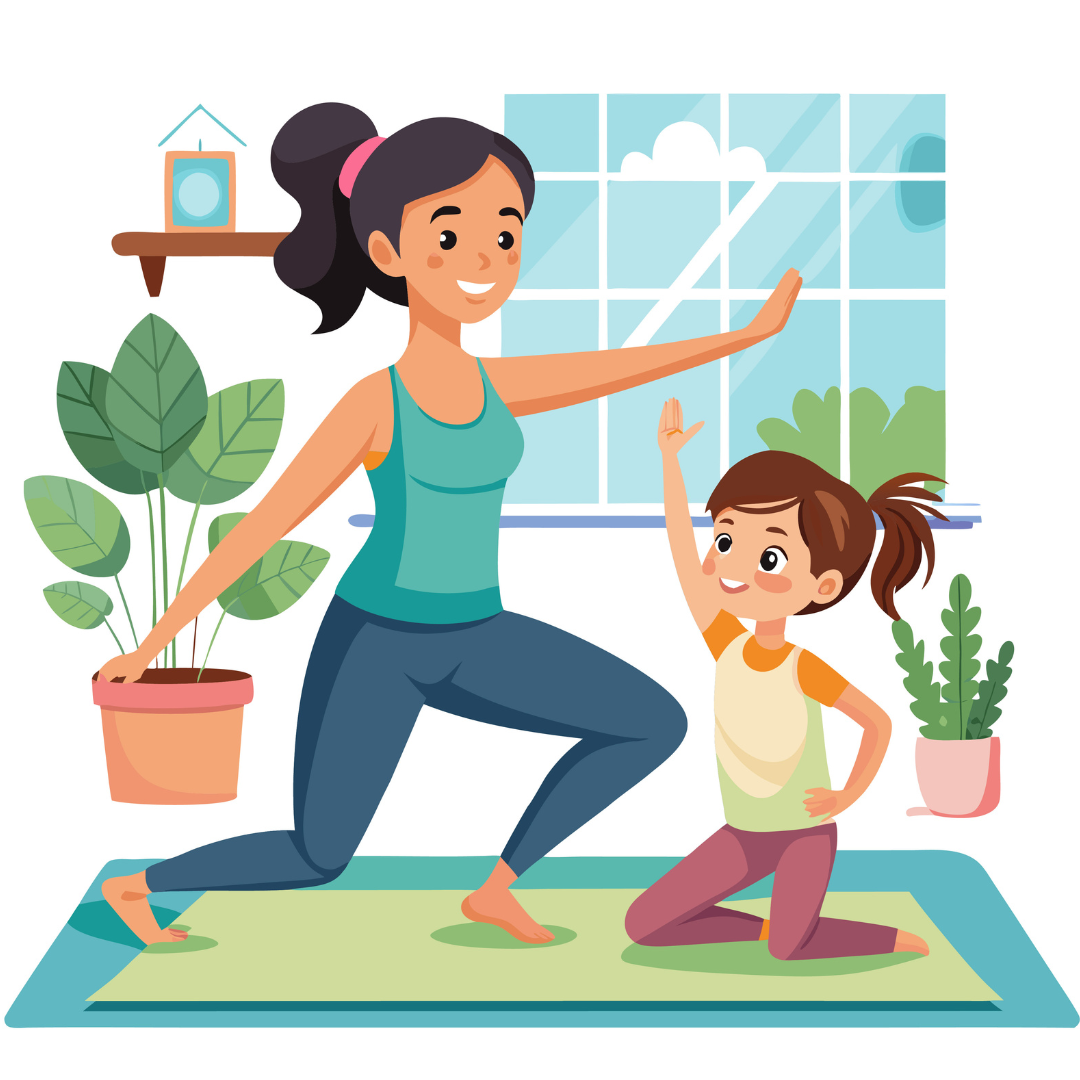 4. Encourage Practice, Not Perfection: Focus on participation and effort rather than perfect alignment, as kids are still learning.
5. Incorporate Breathing Exercises: Teach basic breathing techniques like deep breathing or balloon breathing to instil calmness and improve focus.
4. Encourage Practice, Not Perfection: Focus on participation and effort rather than perfect alignment, as kids are still learning.
5. Incorporate Breathing Exercises: Teach basic breathing techniques like deep breathing or balloon breathing to instil calmness and improve focus.
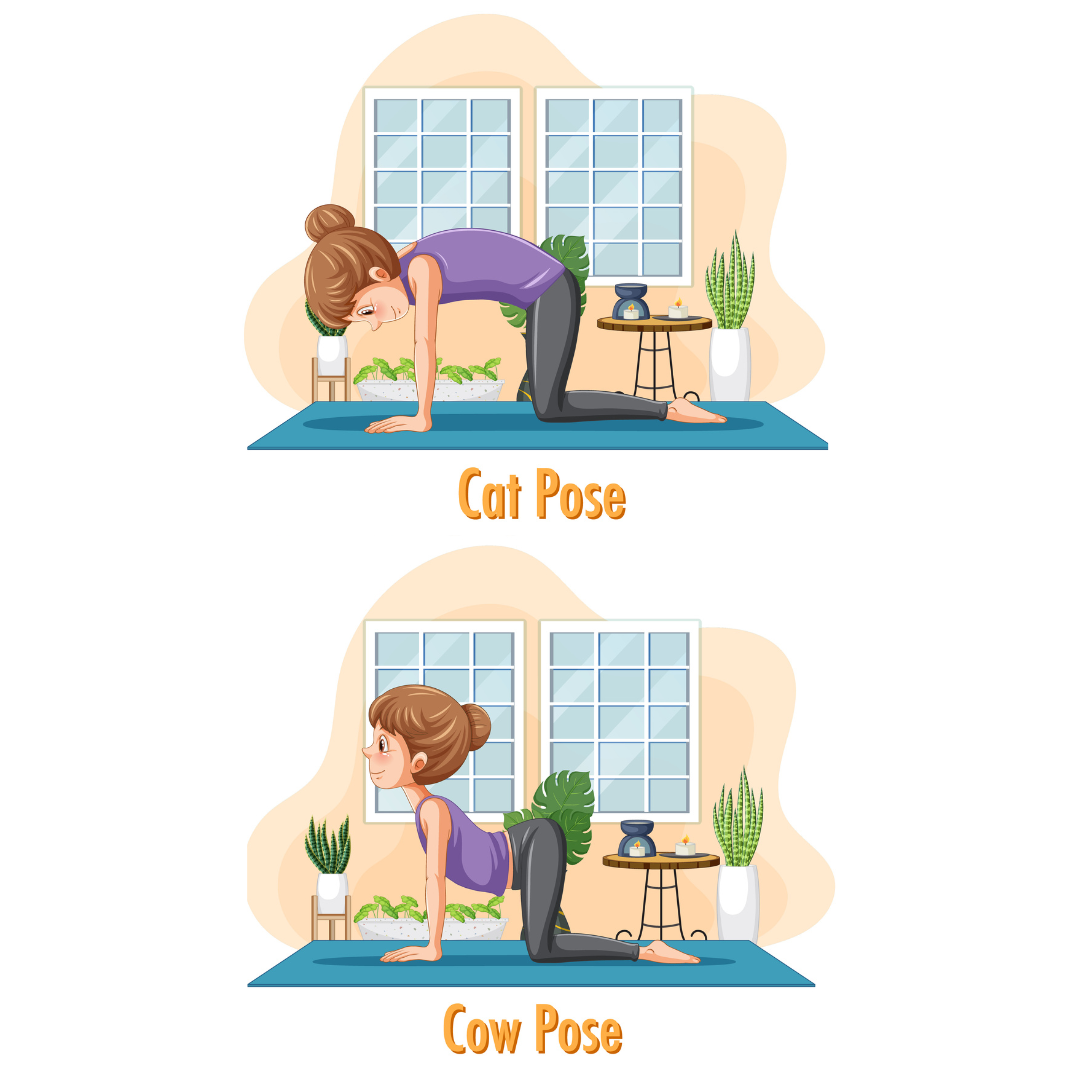 2. Tree Pose (Vrikshasana): Improves balance, focus, and leg strength as kids mimic a steady tree.
2. Tree Pose (Vrikshasana): Improves balance, focus, and leg strength as kids mimic a steady tree.
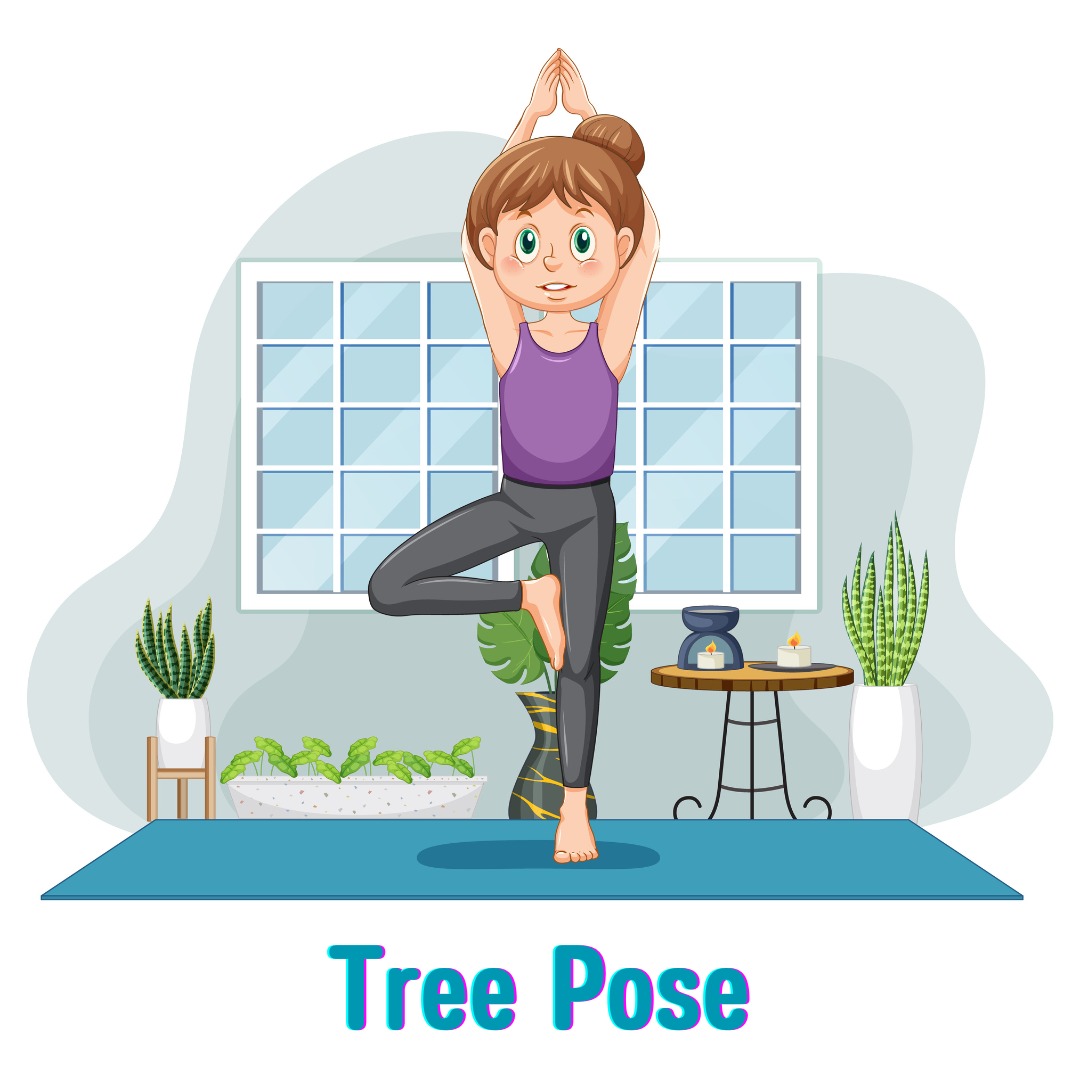 3. Cobra Pose (Bhujangasana): Strengthens the back, opens the chest, and energizes with a simple backbend.
3. Cobra Pose (Bhujangasana): Strengthens the back, opens the chest, and energizes with a simple backbend.
 4. Child’s Pose (Balasana): Relaxes the body, stretches the lower back, and calms the mind.
4. Child’s Pose (Balasana): Relaxes the body, stretches the lower back, and calms the mind.
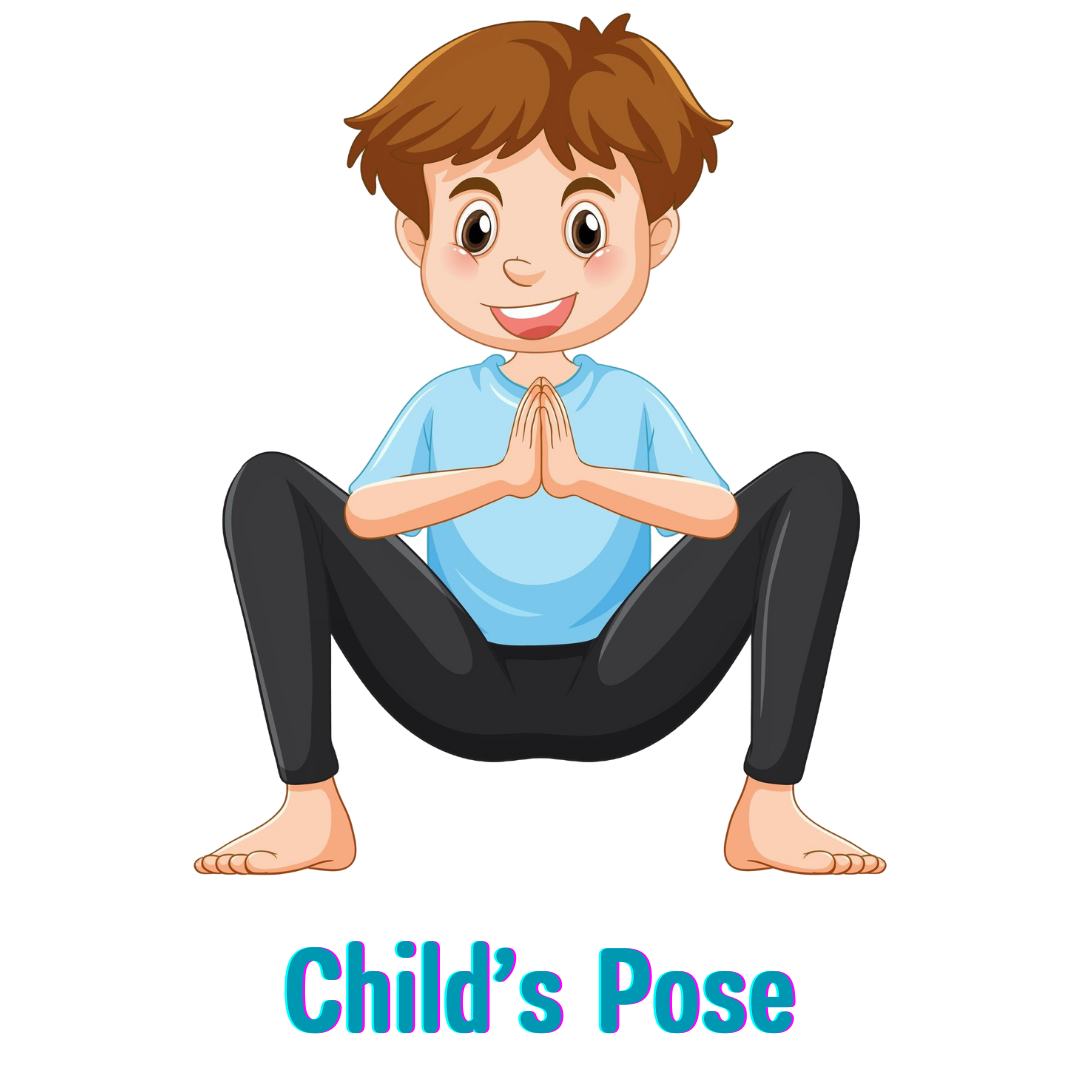 5. Butterfly Pose (Baddha Konasana): Opens hips, stretches thighs, and is fun as kids pretend to flap their wings.
5. Butterfly Pose (Baddha Konasana): Opens hips, stretches thighs, and is fun as kids pretend to flap their wings.
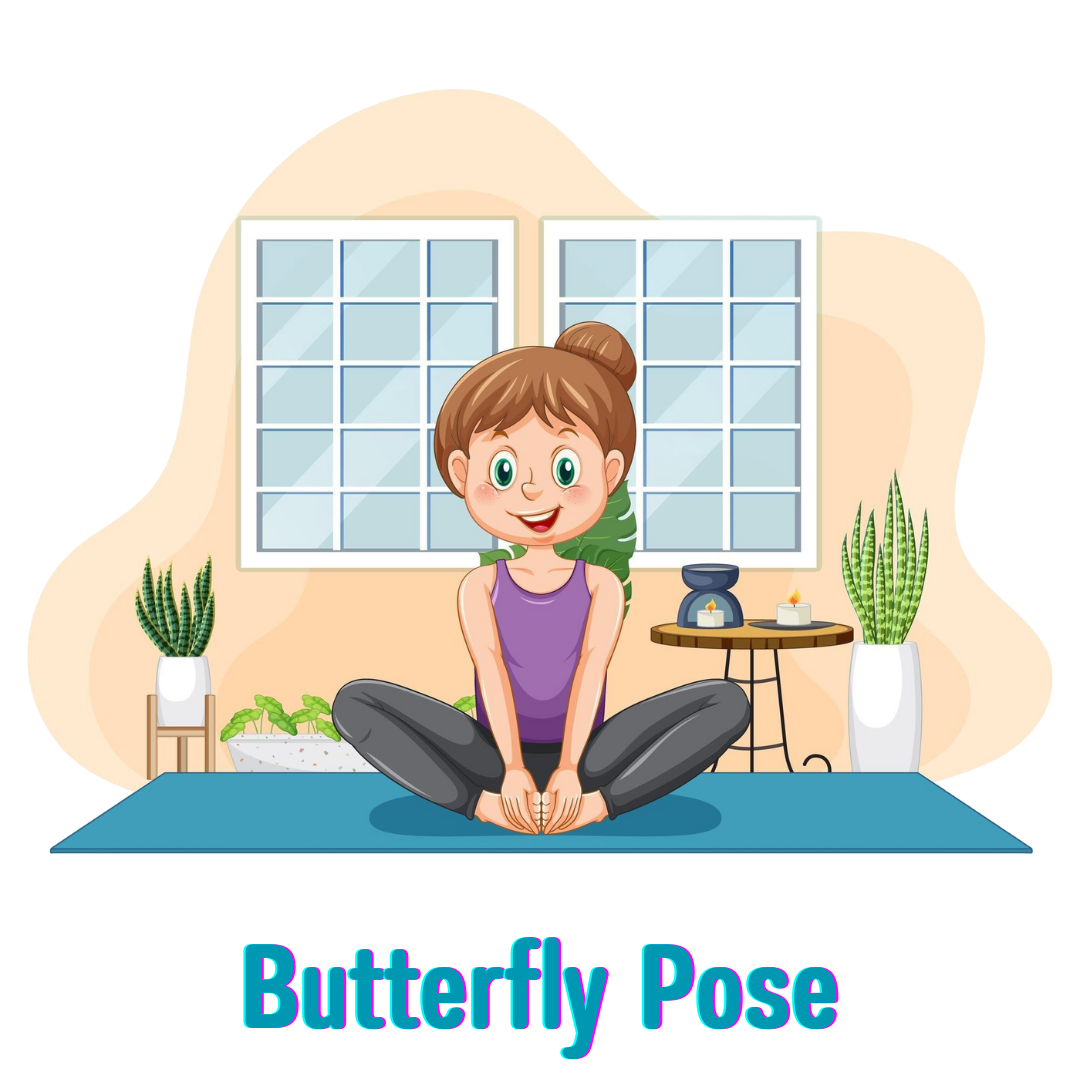 6. Mountain Pose (Tadasana): Improves posture, grounding, and mindfulness with a tall, steady stance.
6. Mountain Pose (Tadasana): Improves posture, grounding, and mindfulness with a tall, steady stance.
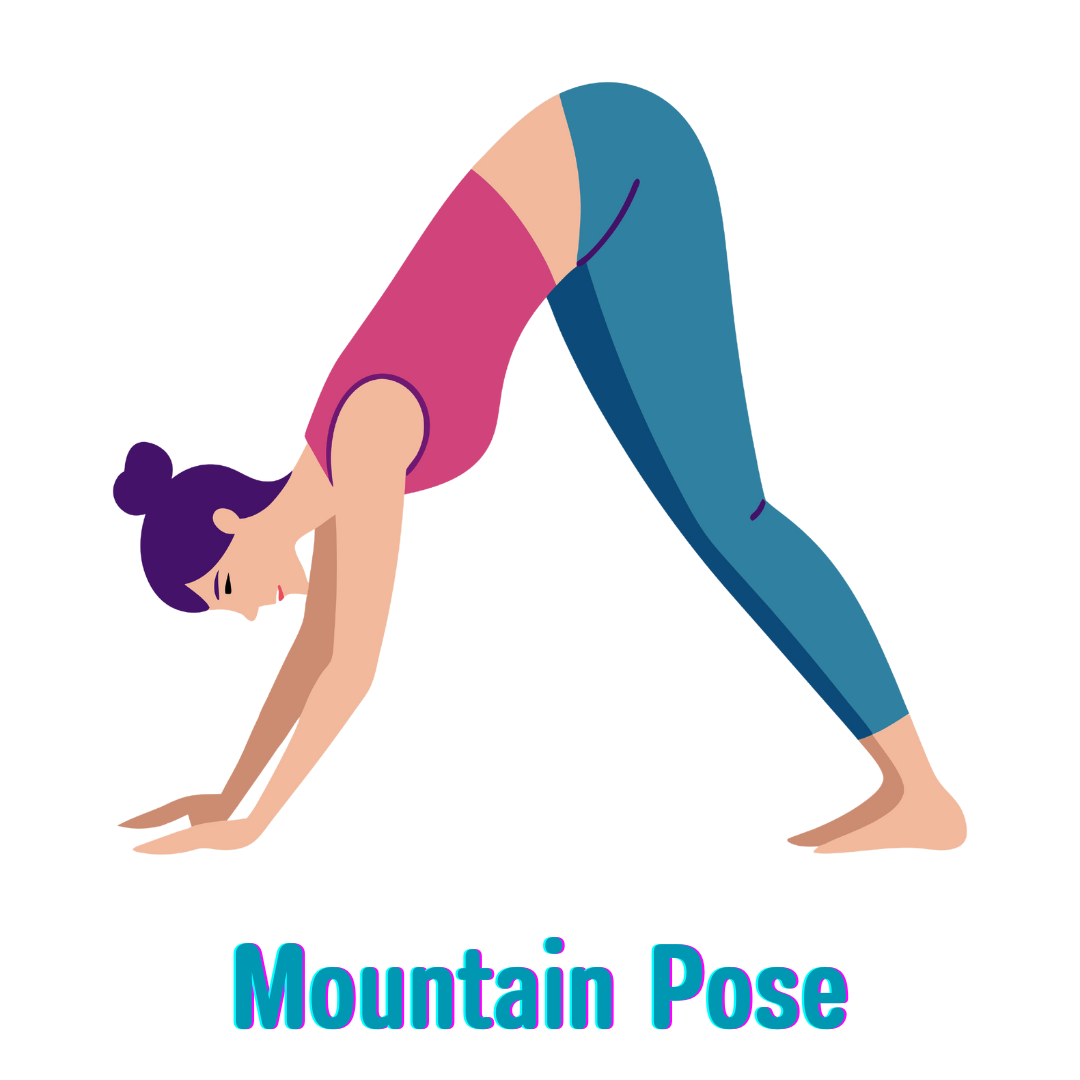
However, yoga experts agree that children aged 5 years and above could start practicing yoga. The younger age group, between 5 and 10 years, is usually taught yoga practices through play/games/songs to engage them effectively.
The total time for the kids’ yoga session should not exceed 20 minutes. ➢ Children are advised not to perform asana for long and to practice breathing holding (Kumbhaka). ➢ Yoga for children involves gentle Yoga stretches and movements, often mimicking animals, and incorporated with games.
Practice during the cool and calm periods of the day, particularly early in the morning before or around sunrise and late in the evening around sunset. These times are optimal because the environment and the body’s natural rhythms are generally quieter.
Ashiana, Ashiana Housing build homes. Homes surrounded by vast green spaces and fresh breeze. Homes cocooned in secured gated complexes. Homes where futures are forged and there are opportunities to grow. And Homes in environments brimming with healthy activity, trust and respect. At heart, we build communities with care.
Other posts by Ashiana
Join 1000+ of fellow readers. Get expert real estate knowledge straight to your inbox absolutely free. Just enter your email address below.